GALLERY
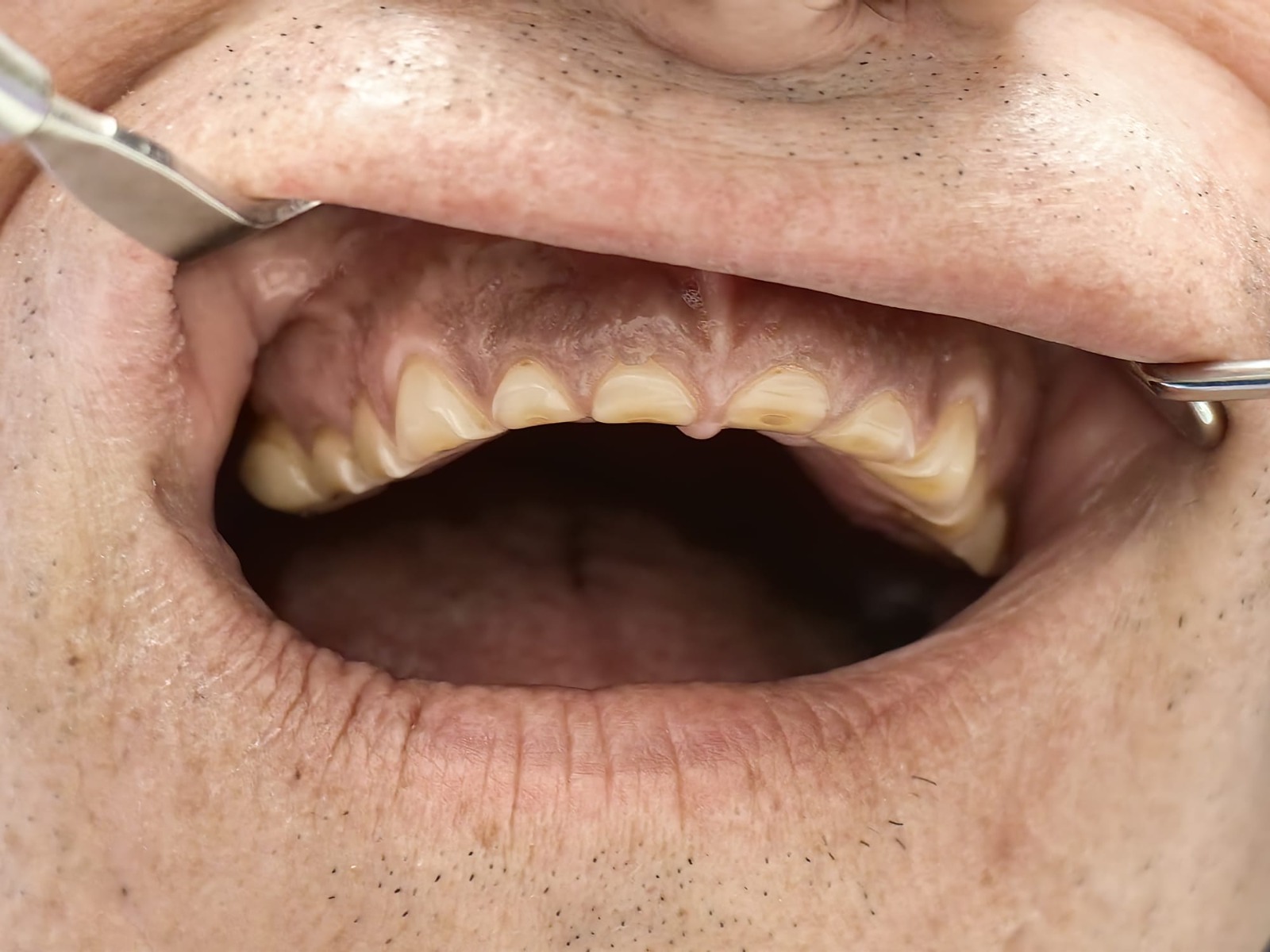
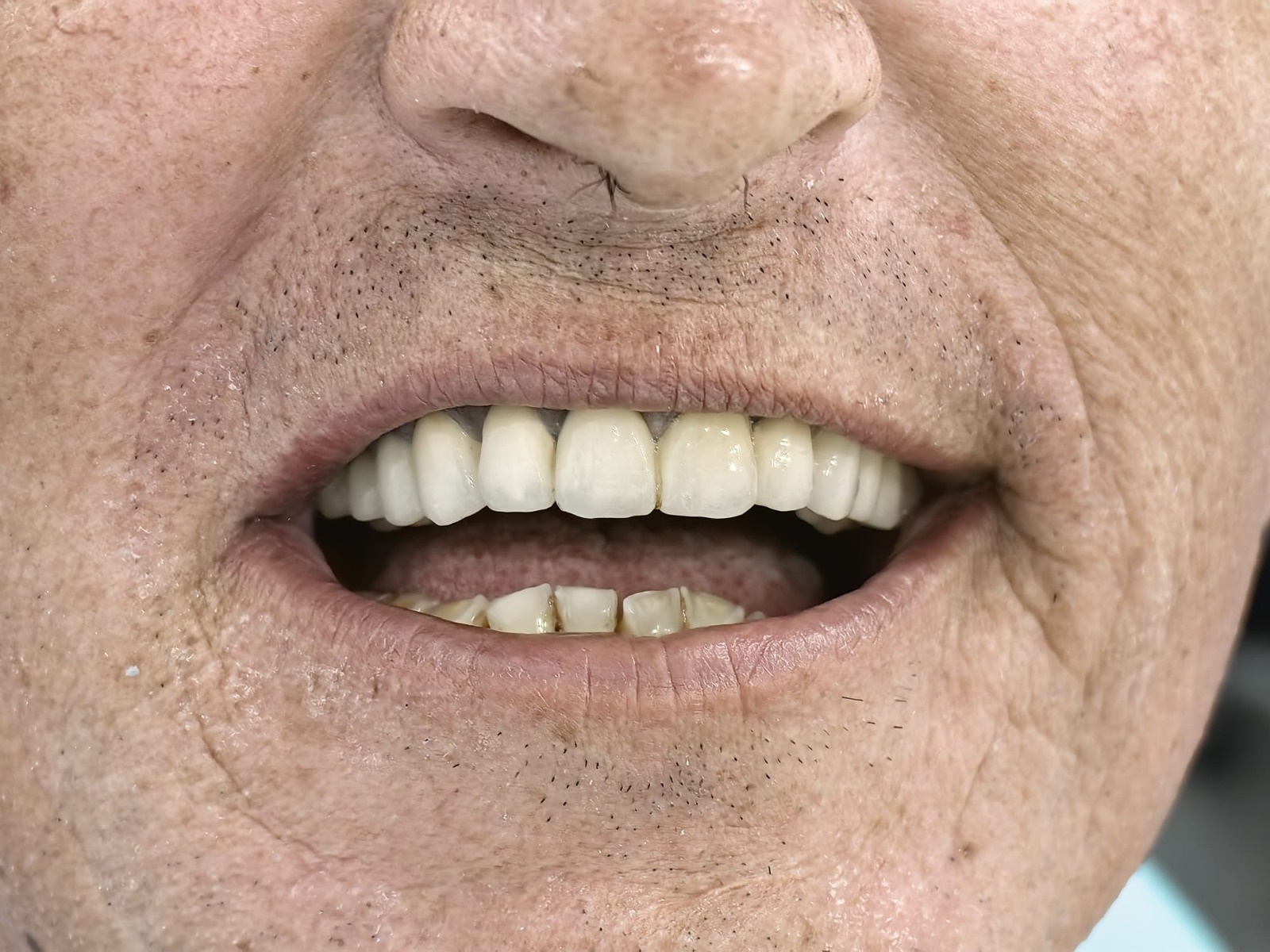
Dental bridges
Dental bridges are dental prosthetic devices used to replace one or more missing teeth. They consist of artificial teeth (known as “bridges”) that are connected to natural teeth or implants on either side of the empty space.
The process of making a dental bridge typically involves the following steps:
1. Preparation: If natural teeth are present on both sides of the empty space, they usually need to be prepared (reduced) so that the bridge can be properly placed.
2. Fabrication: An impression of the teeth is taken to create a bridge that will fit perfectly in the patient’s mouth. The bridge can be made from various materials, including metal, ceramic, or composite materials.
3. Placement: Once the bridge is made, the dentist places it on the prepared teeth or implants and secures it with cement or other means. Dental bridges help restore chewing functionality, improve the aesthetic appearance of the smile, and prevent the shifting of adjacent teeth, which can lead to additional oral health issues.
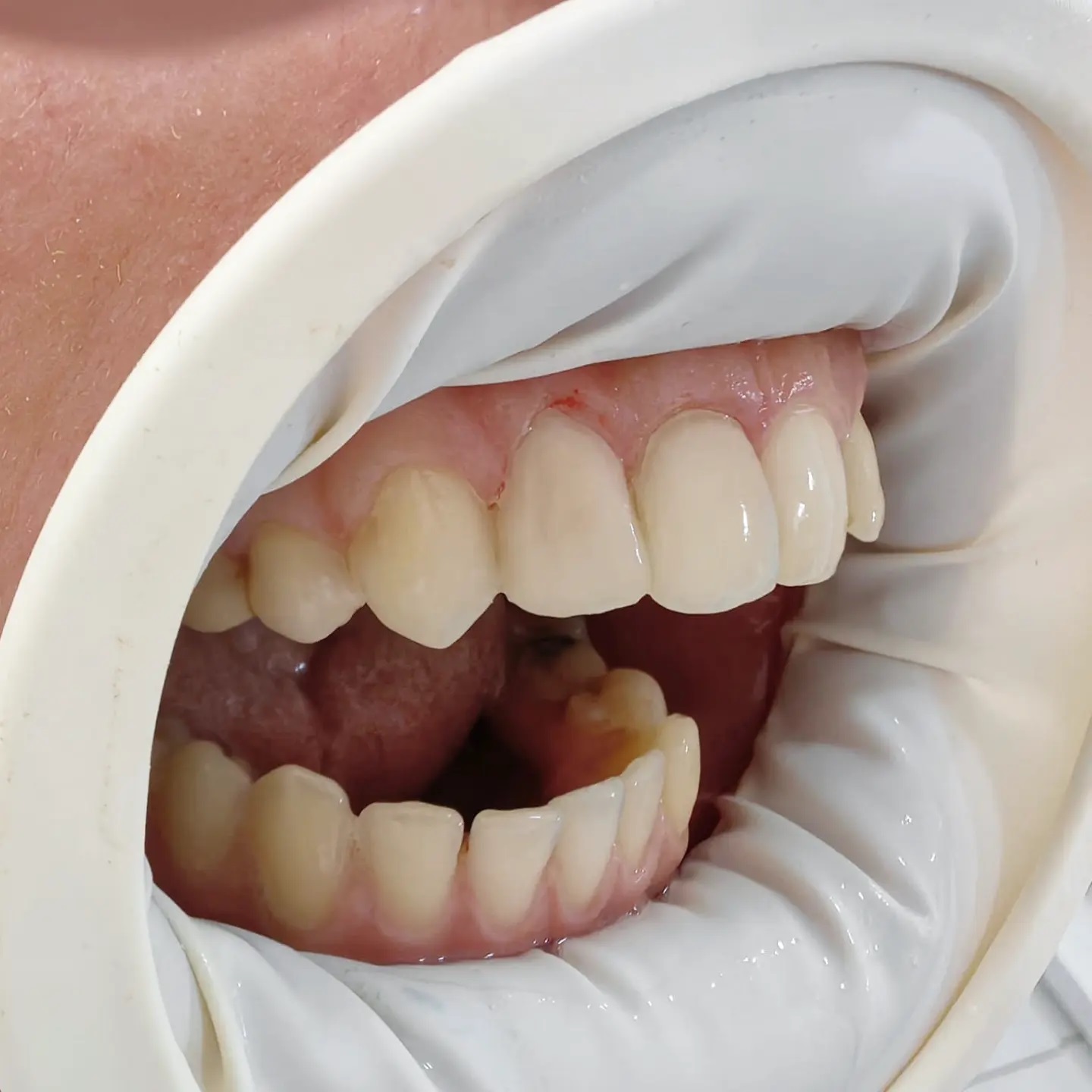

Ceramic veneers
Ceramic veneers are a permanent prosthetic replacement that today represents the pinnacle of cosmetic dentistry in the world.
Veneers are placed on natural teeth and ceramics imitate the enamel of a natural tooth. Ceramics reflect light almost identically to enamel. After placing veneers, the teeth have a shine like your natural ones. Veneers can also be made from composite materials directly in the office.
Ceramic veneers are used for minor aesthetic corrections such as the distance between the teeth or the change in the color and size of the teeth.
Composite veneers are made in situations where minor corrections of the color and shape of the teeth are required.
The advantage of veneers is that they require minimal reduction of teeth, i.e. enamel, and only from the front of the tooth that is being sanded/treated.
Another great advantage is that they have a very smooth surface, which is why they do not change color over the years.
The result of ceramic veneer therapy is a beautiful natural smile that, with proper care, can last over 10 years.
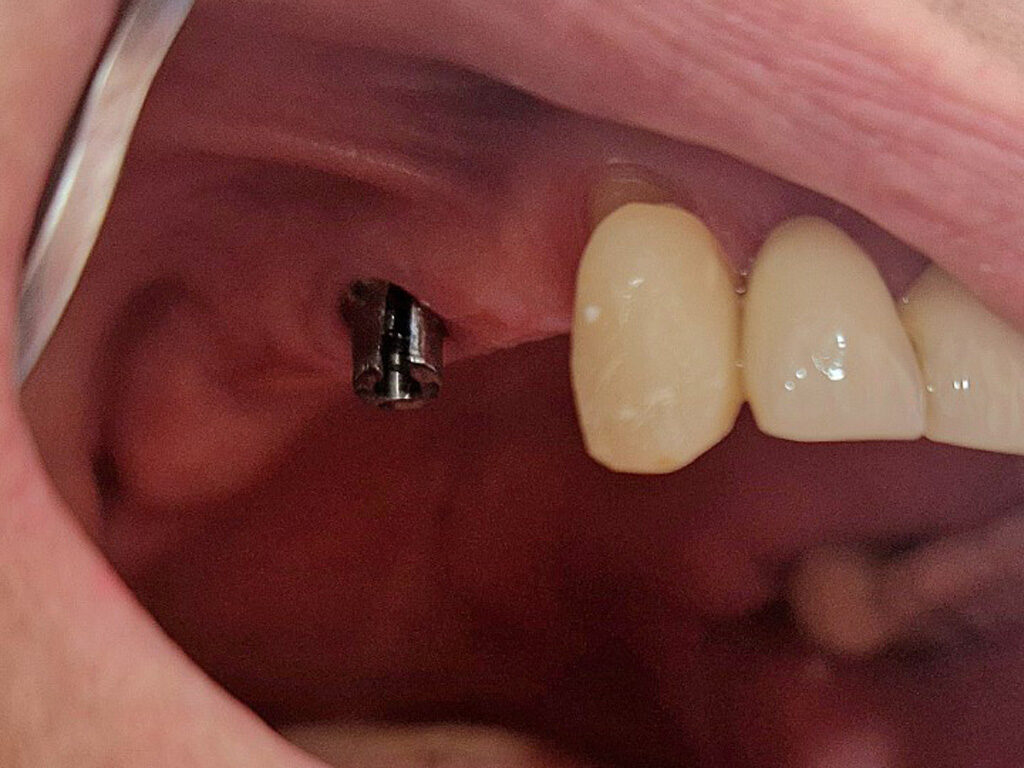
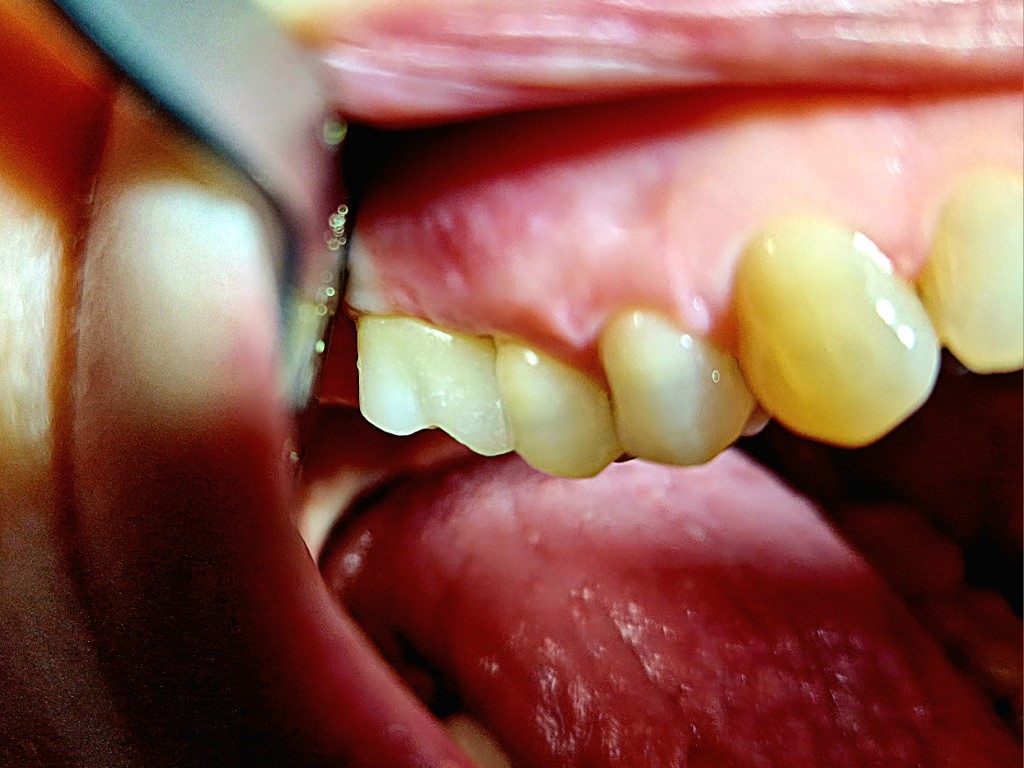
Dental implants
What are dental implants?
Tooth loss caused by periodontitis, trauma or aging can drastically change your appearance. Regardless of the reason, the lost tooth must be replaced and implant therapy is a long-lasting, aesthetic and fully functional solution that ensures a proper bite and a beautiful smile. Dental implants are artificial replacements that are implanted in the jaw bone like a screw in the place where the tooth is missing. They are made of biocompatible materials .An implant superstructure is placed on it, on which the prosthetic work or crown is placed. After the complete fusion of the implants with the bone, they function as natural teeth and restore the feeling of self-confidence and raise the quality of the entire life allowing you to enjoy the food that you have previously avoided!
Each Ankylos implant is under warranty and guarantees the absence of any defects in the material or breakage. The implant guarantee is lifelong.
The warranty on the crown on the implant is 5-7 years depending on the material of choice.
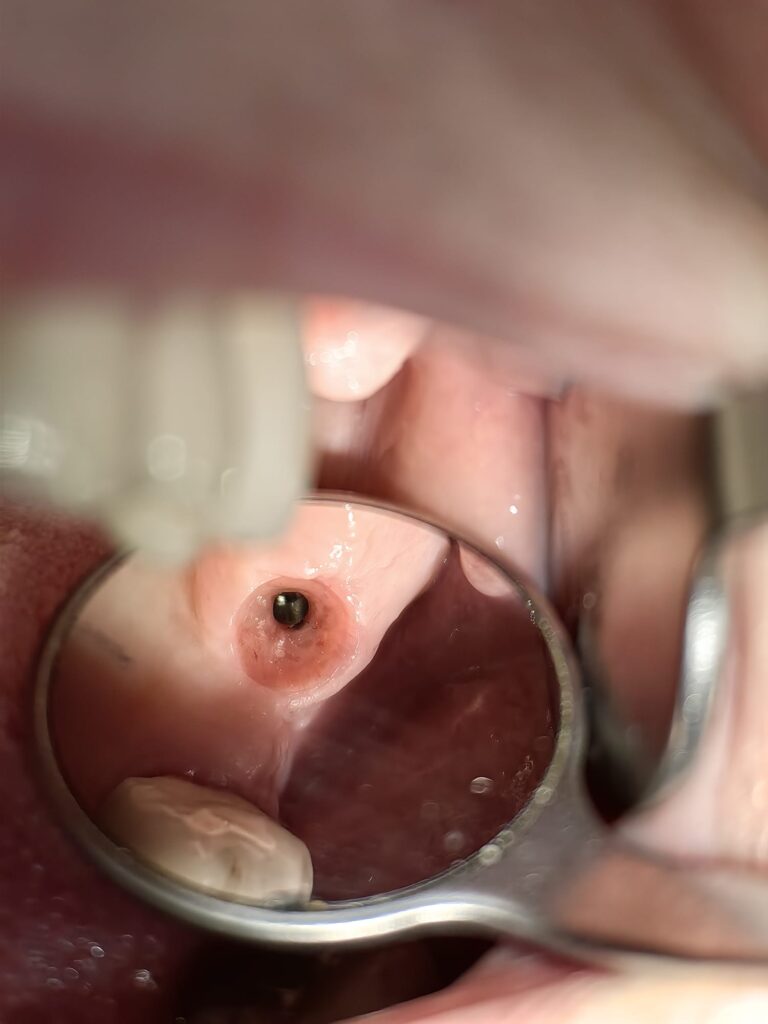


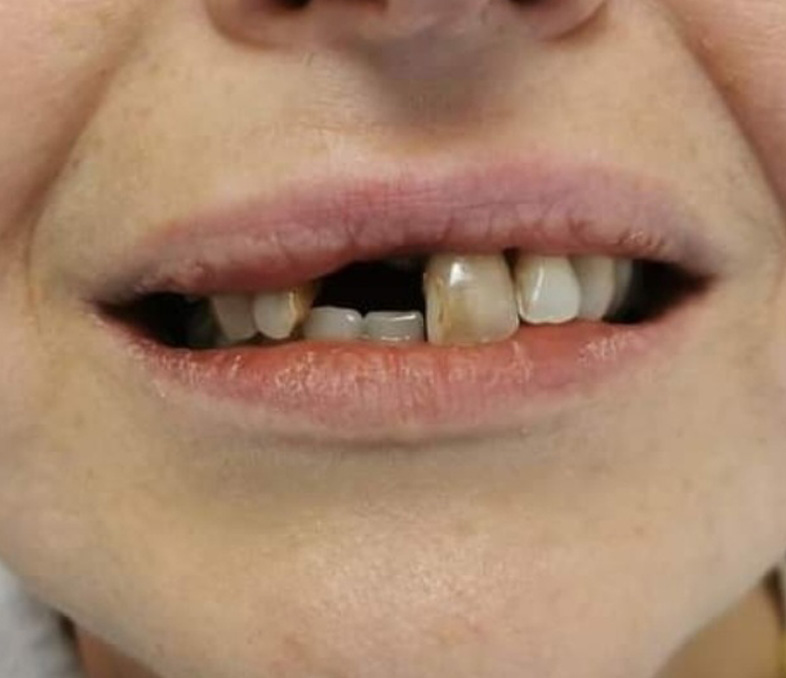
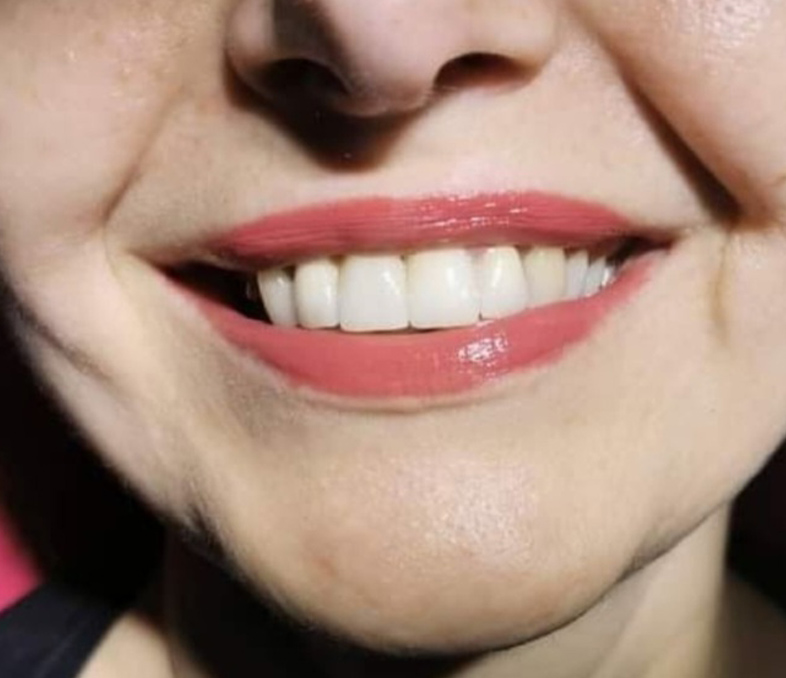
Zircon
Zircon is the latest high-quality material that is increasingly used to make crowns and bridges in dentistry. This innovative technology brings numerous benefits to patients and dentists.
Zirconia-ceramic crowns and bridges are distinguished by their high bio compatibility and precision. In addition, they retain the natural aesthetics of the teeth, thereby achieving a natural smile.
One of the key advantages of zircon is its mechanical resistance, which is achieved already with a thickness of only 0.4 mm. This means that less grinding of the natural tooth is required before placing the crown, thus preserving as much healthy dental tissue as possible.
Precision of production (high polishing and punctuality) of zircon-ceramic crowns facilitates oral hygiene and at the same time reduces irritation of the gums.
Another important advantage of these crowns is the impossibility of the appearance of the so-called ‘black edge’ around the crown, which can occur when the gums recede. This is possible thanks to the fact that zirconia-ceramic crowns do not contain metal components in their construction, thereby ensuring durable aesthetics and functionality.
With all these benefits, zircon has become a popular choice in modern dentistry, providing patients with long-lasting solutions to improve their oral health and smile.
